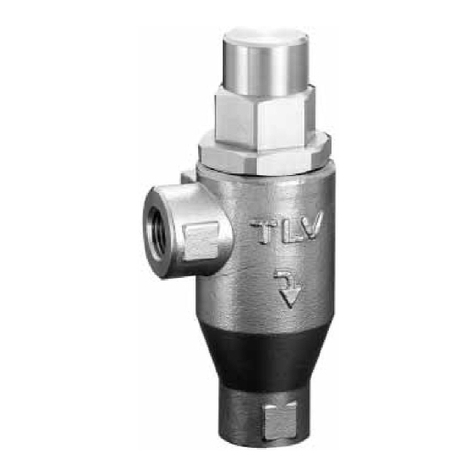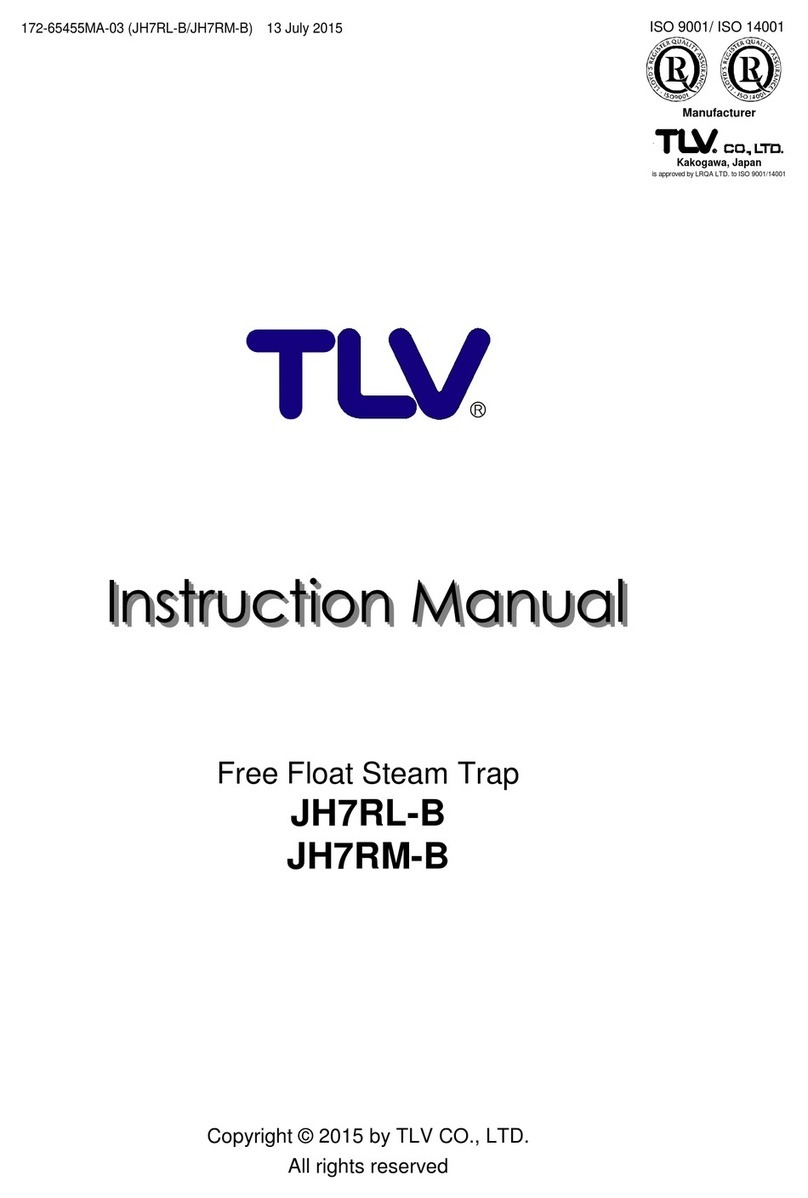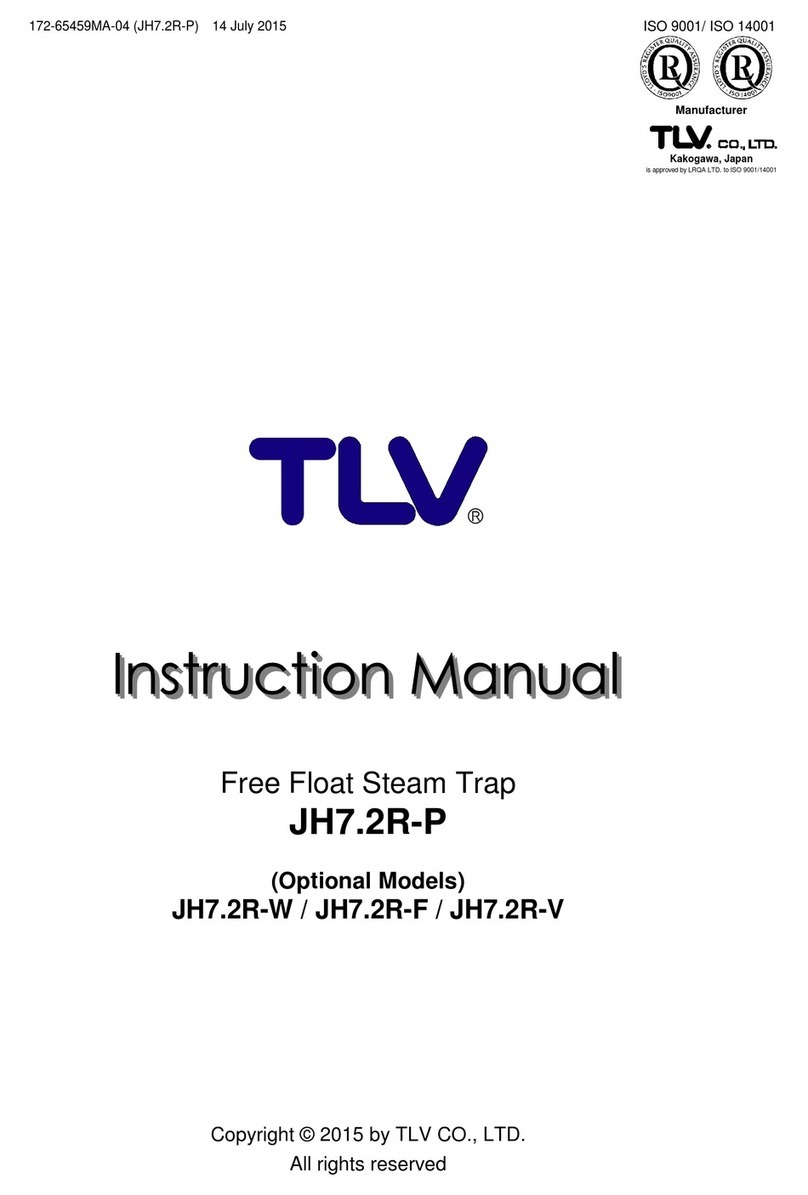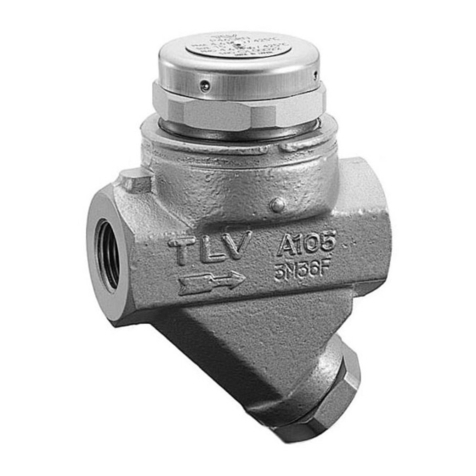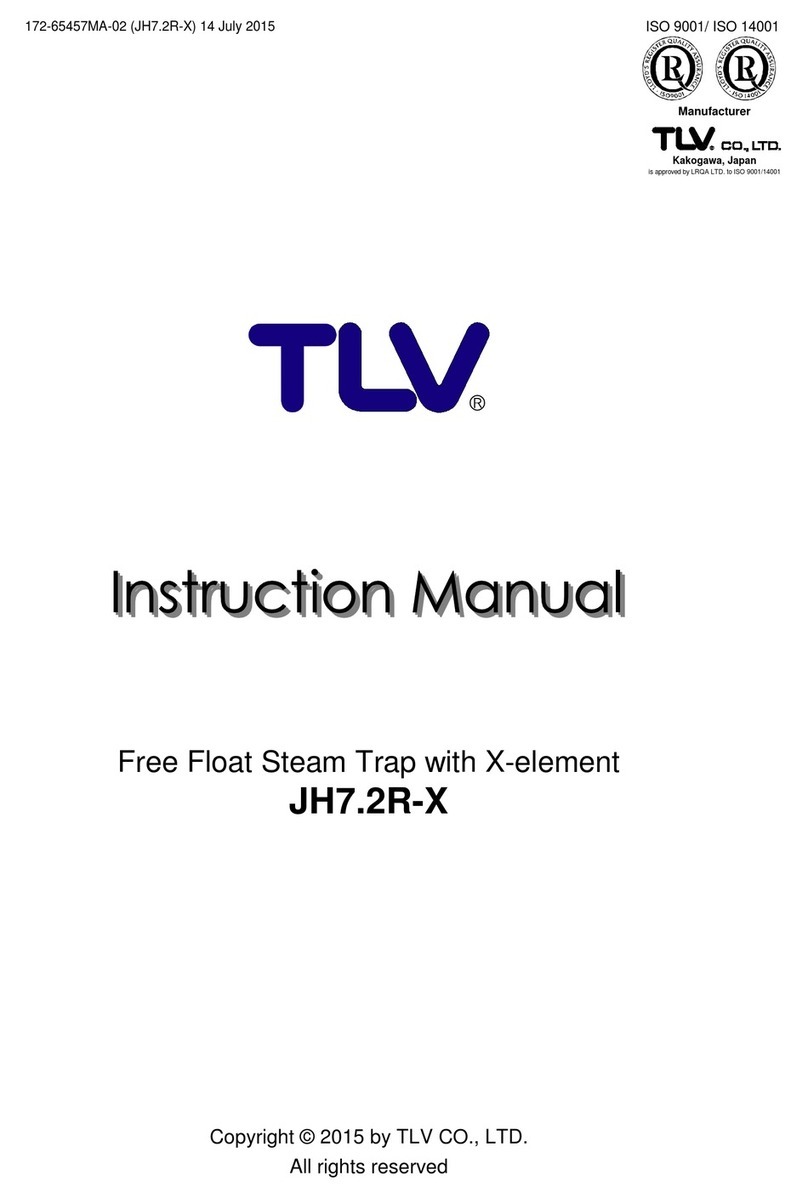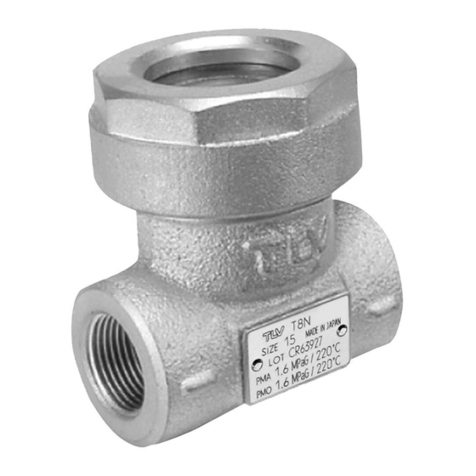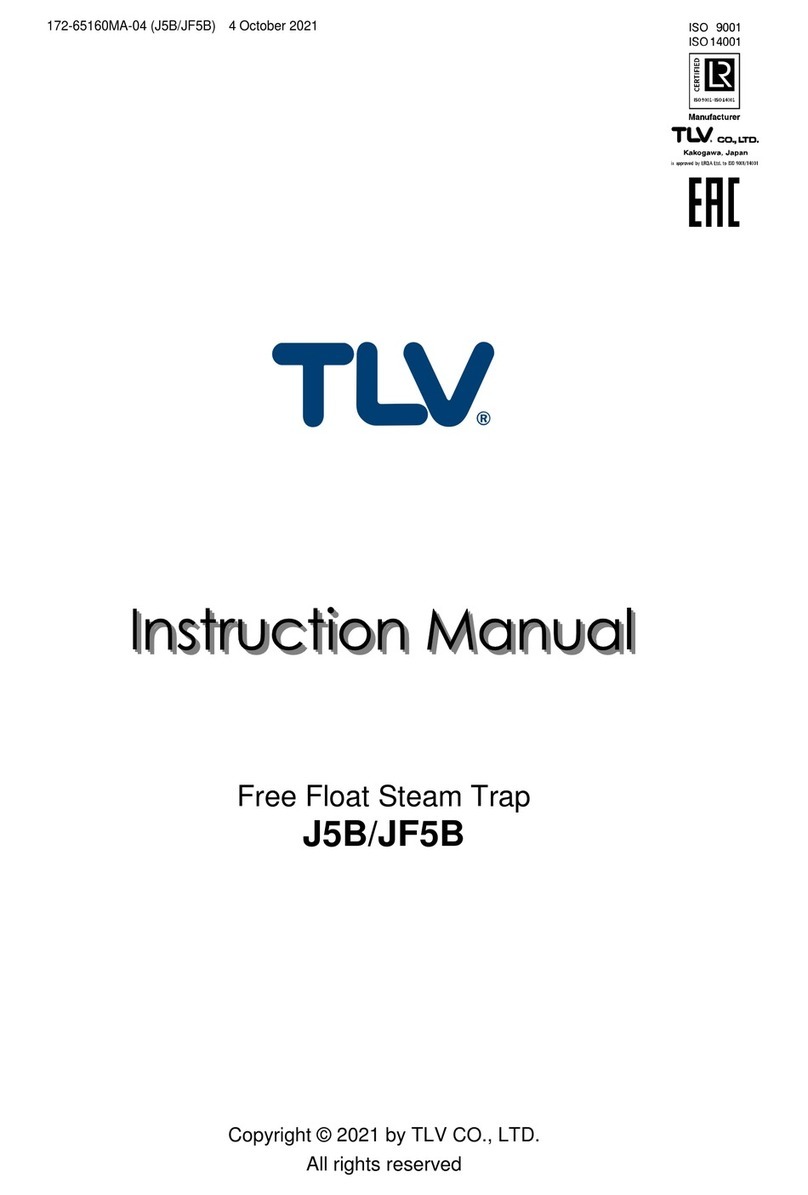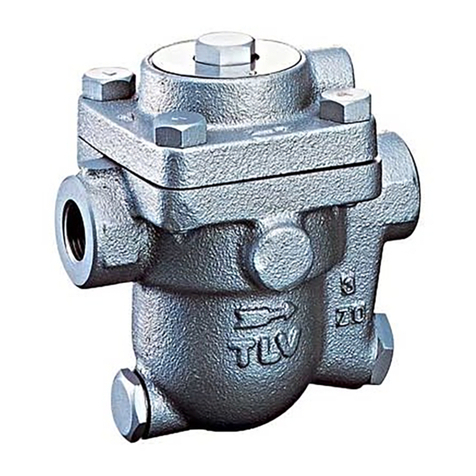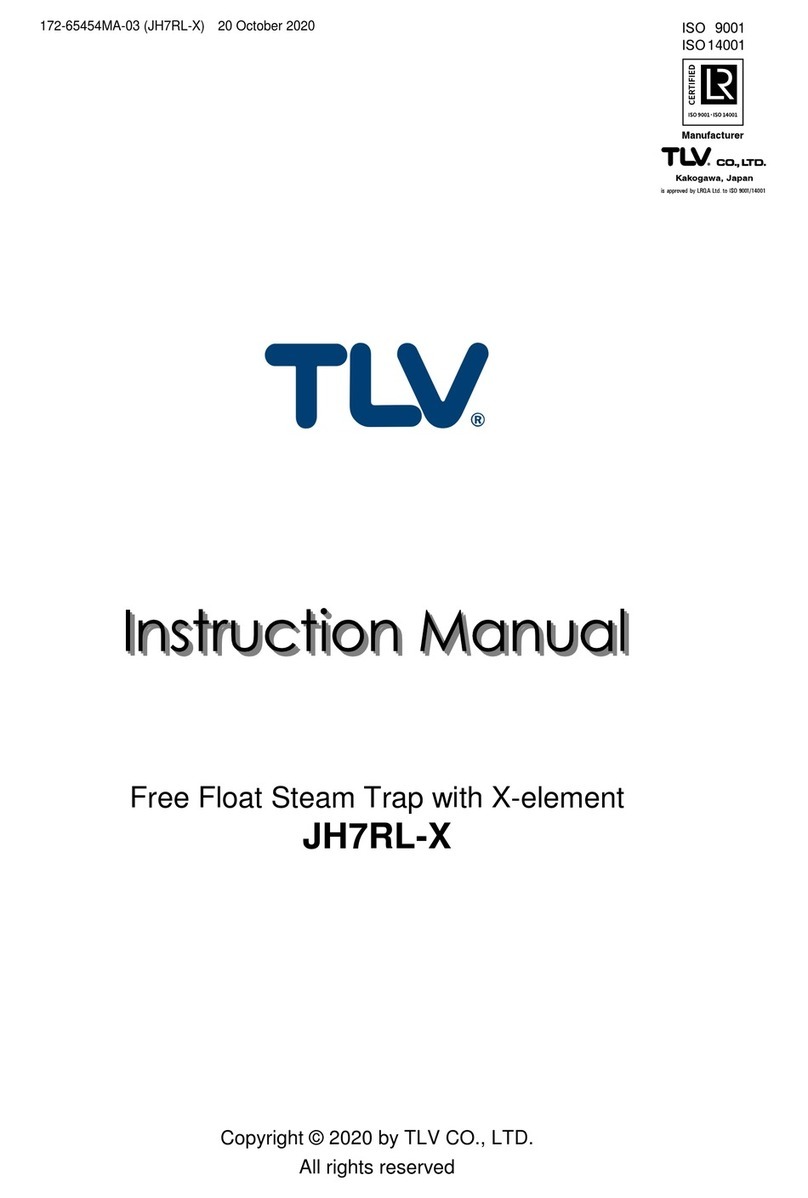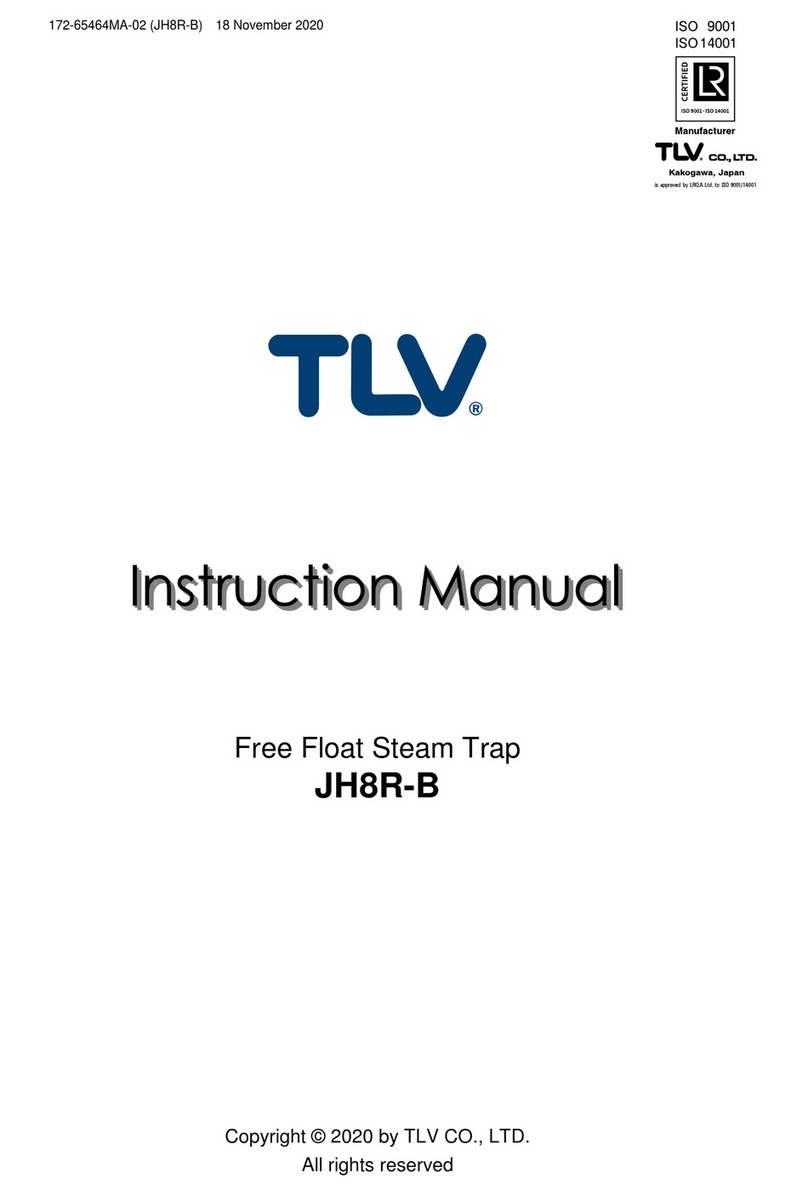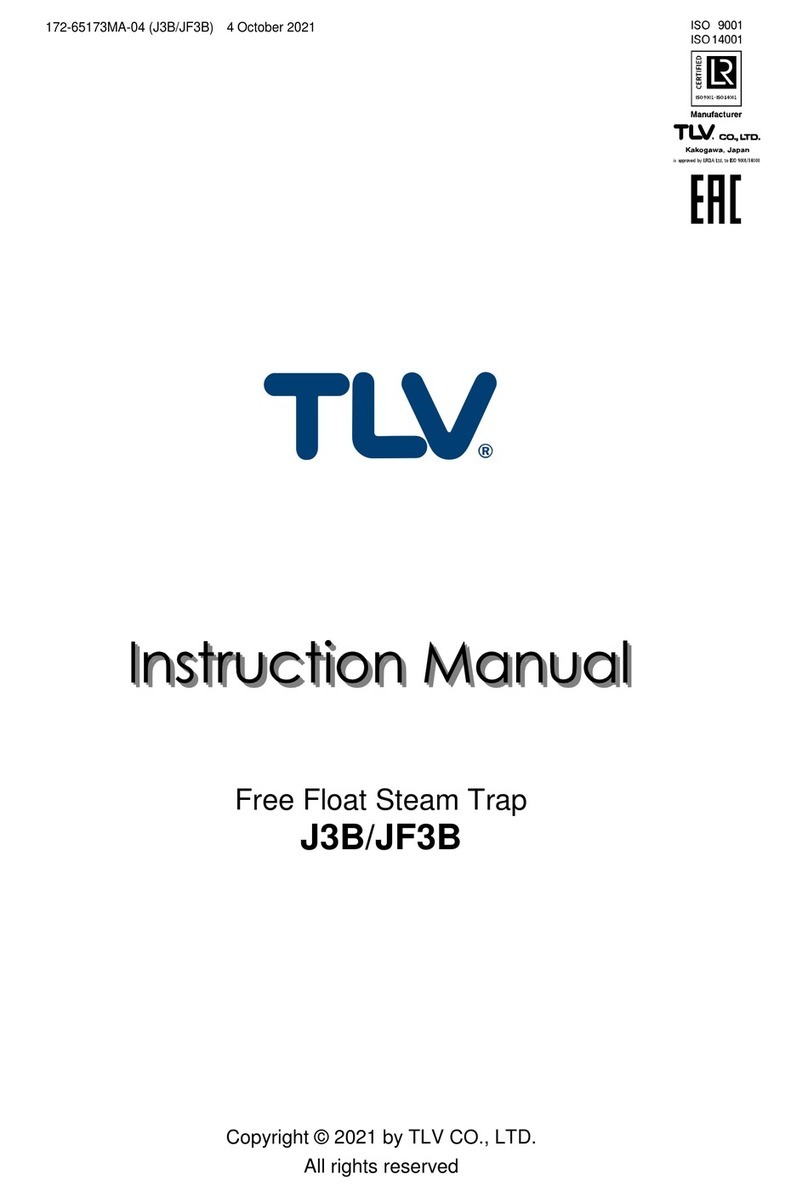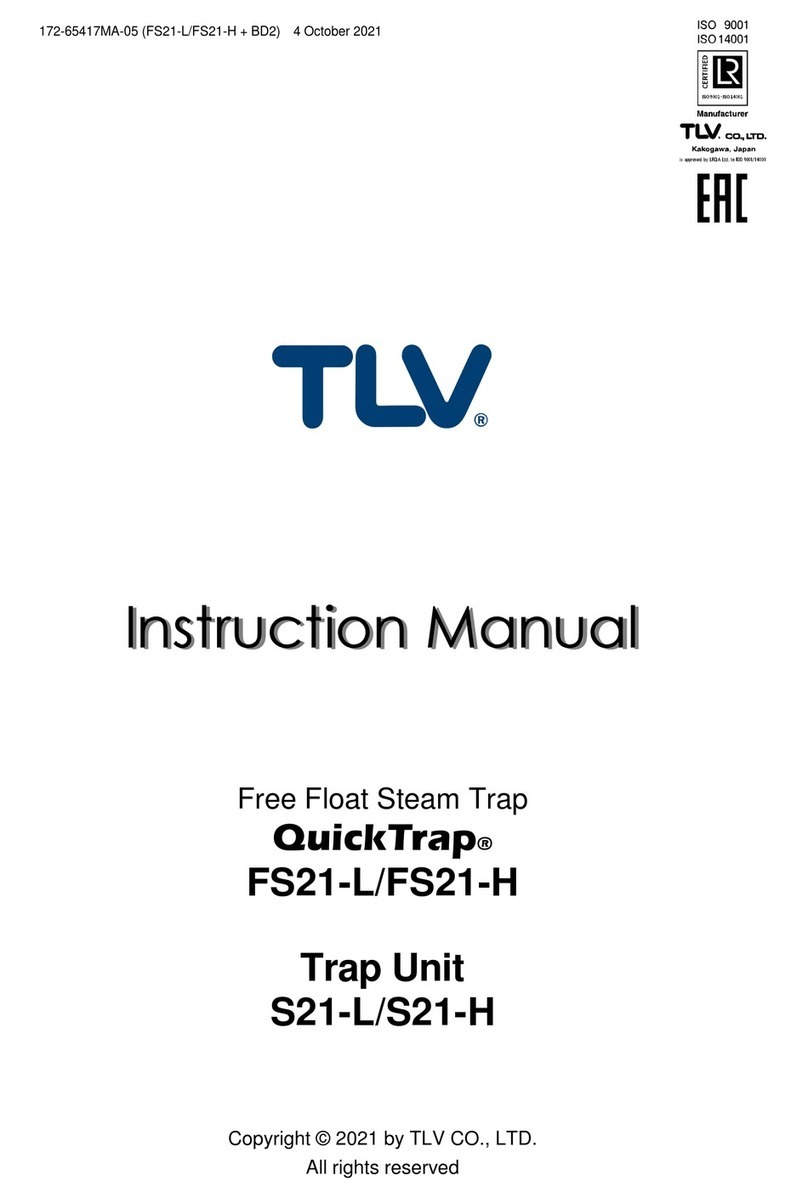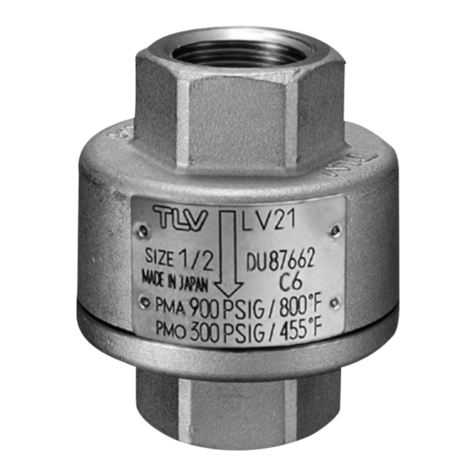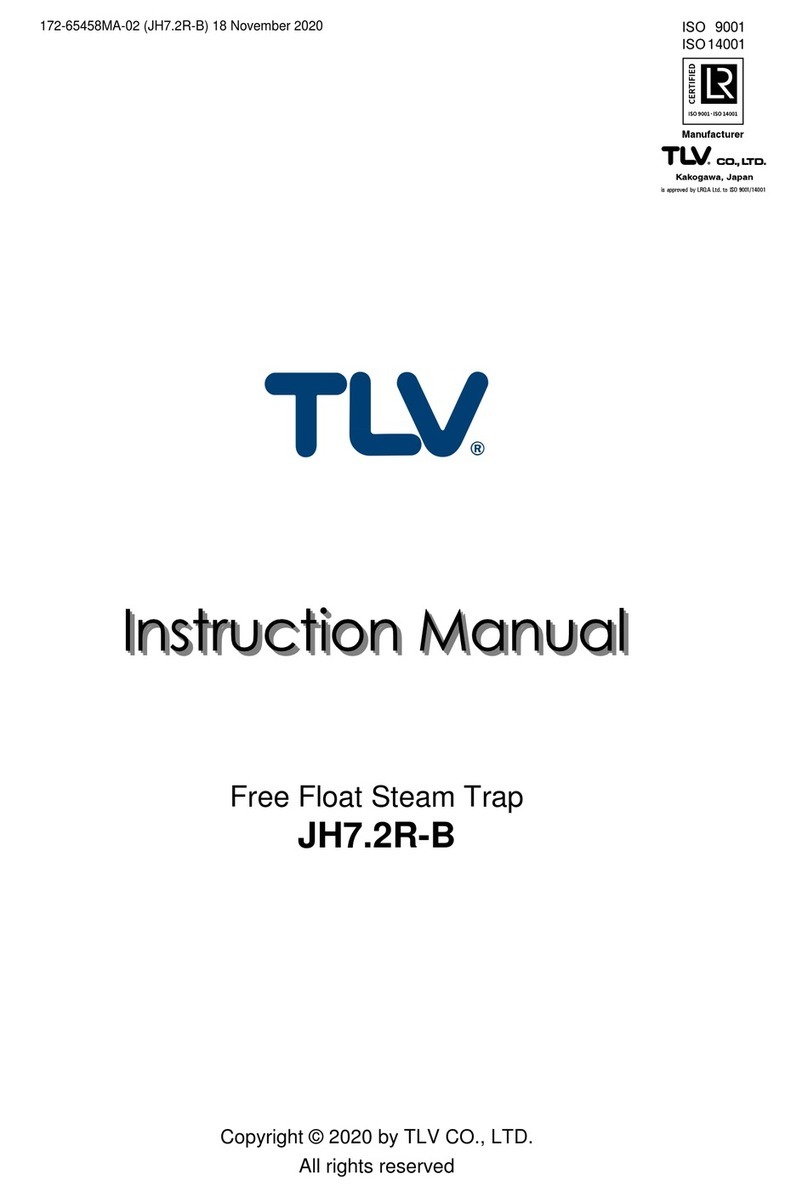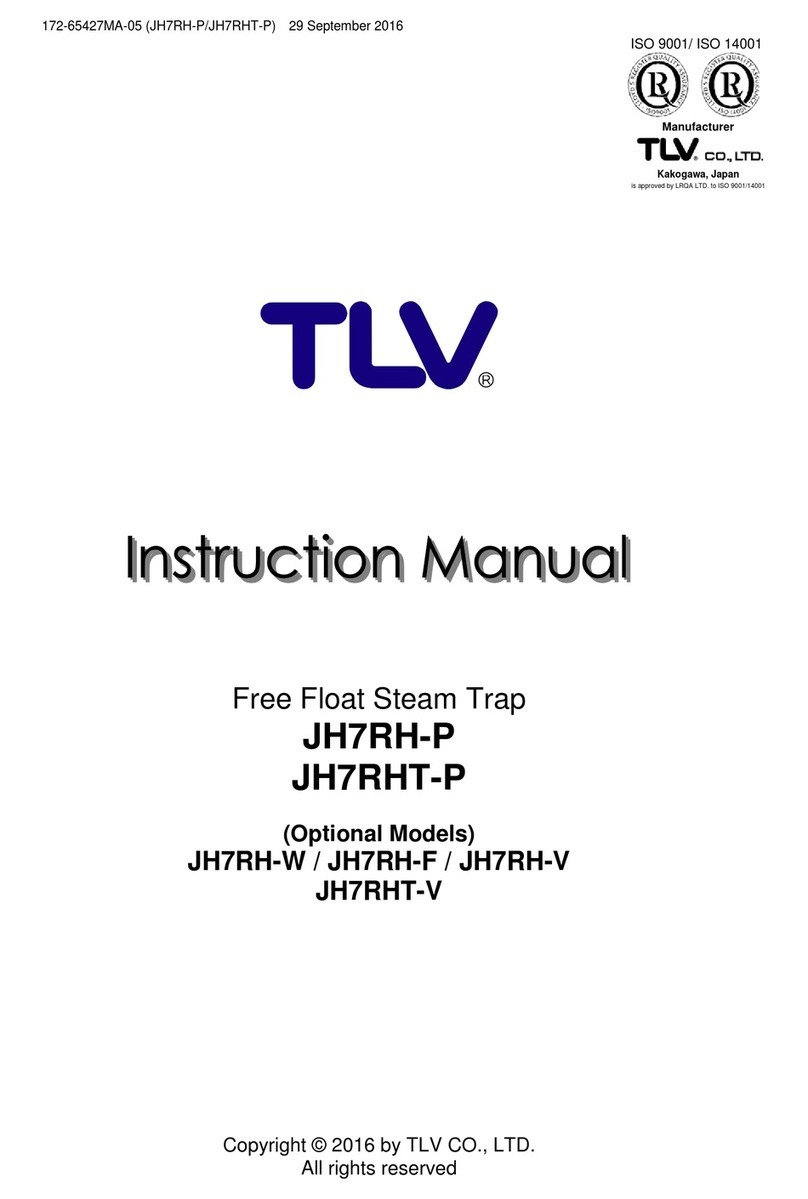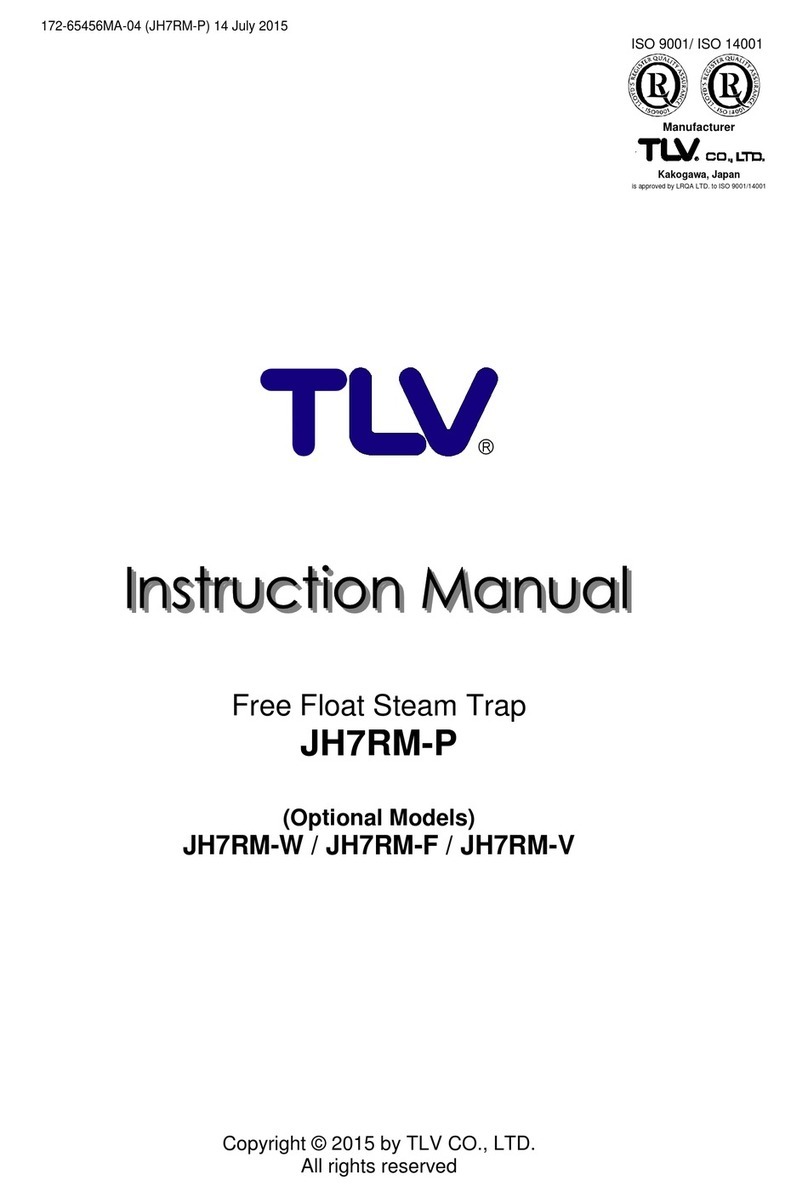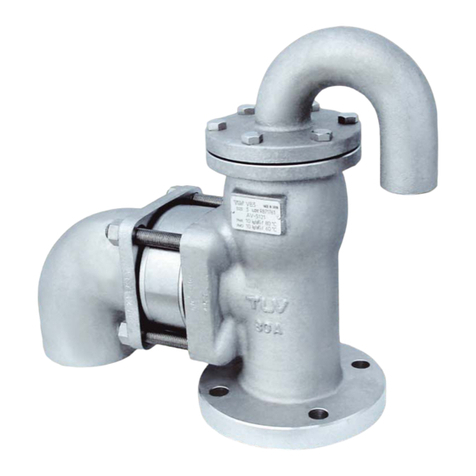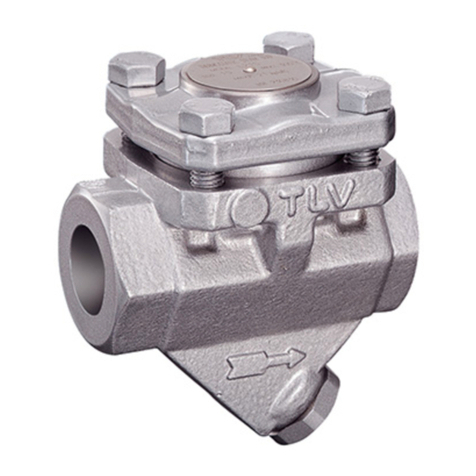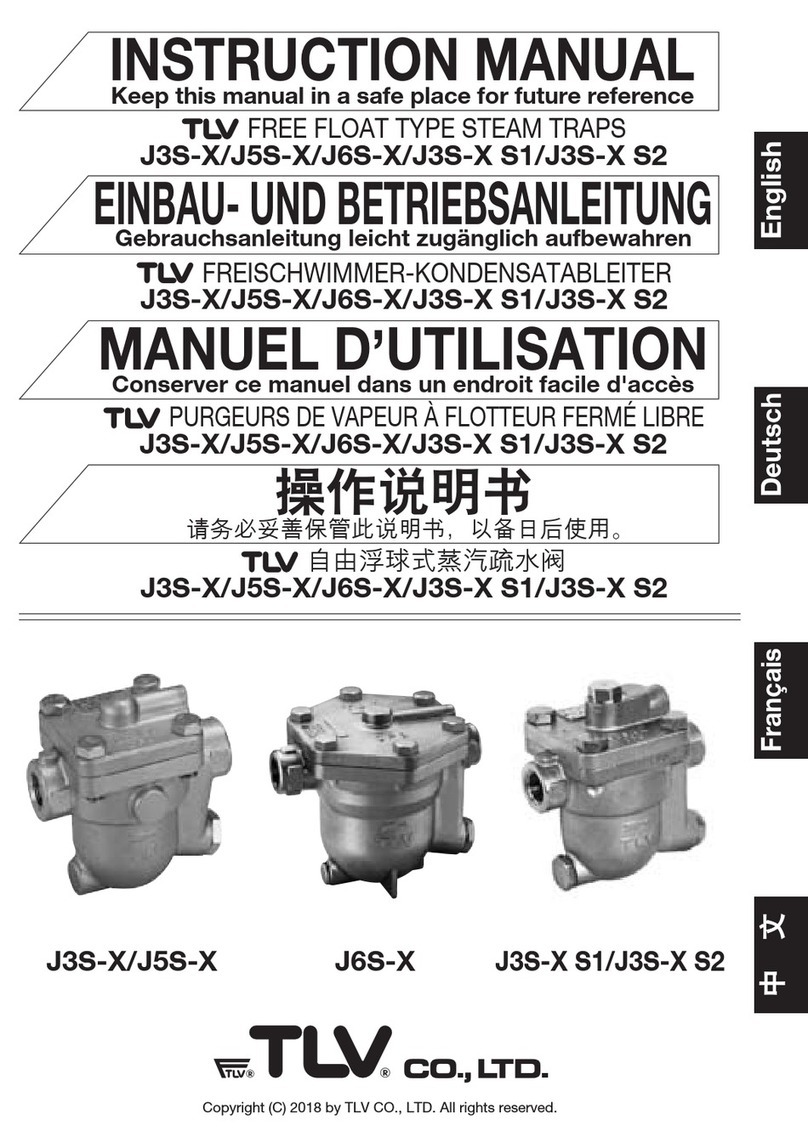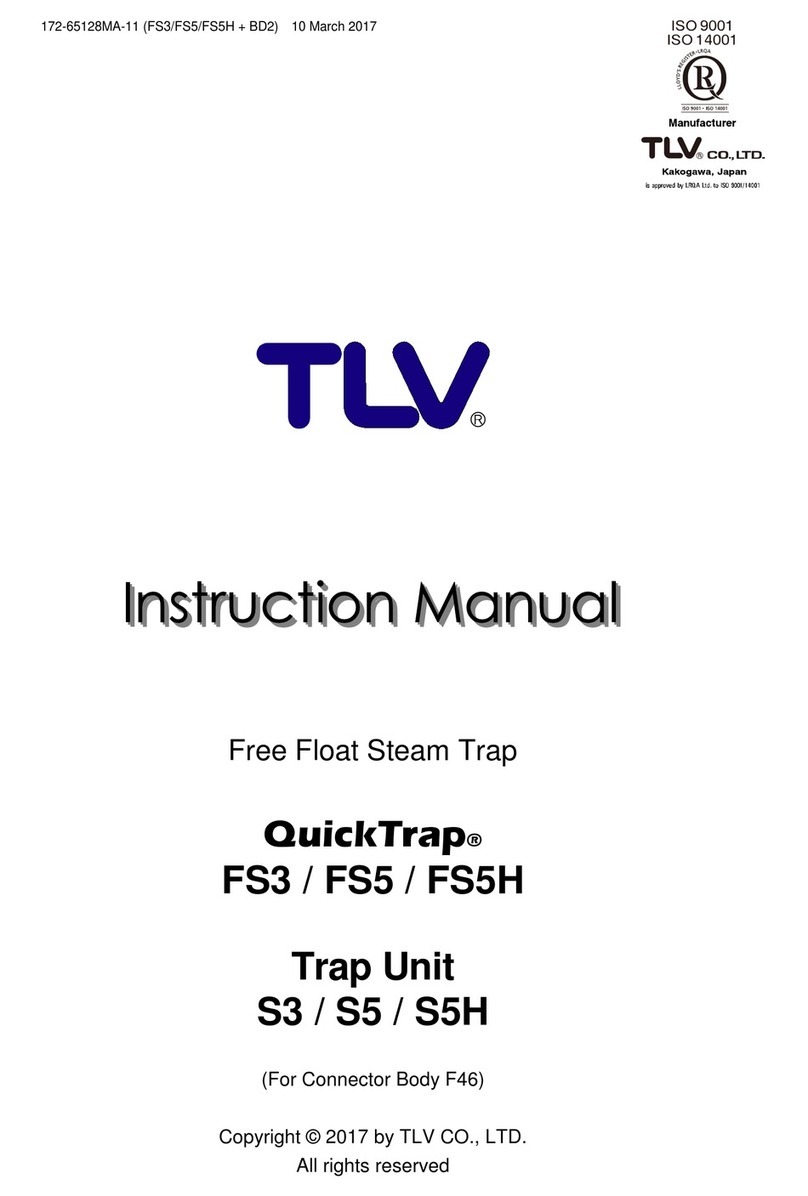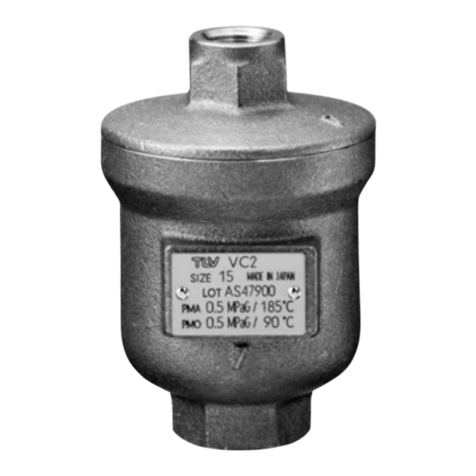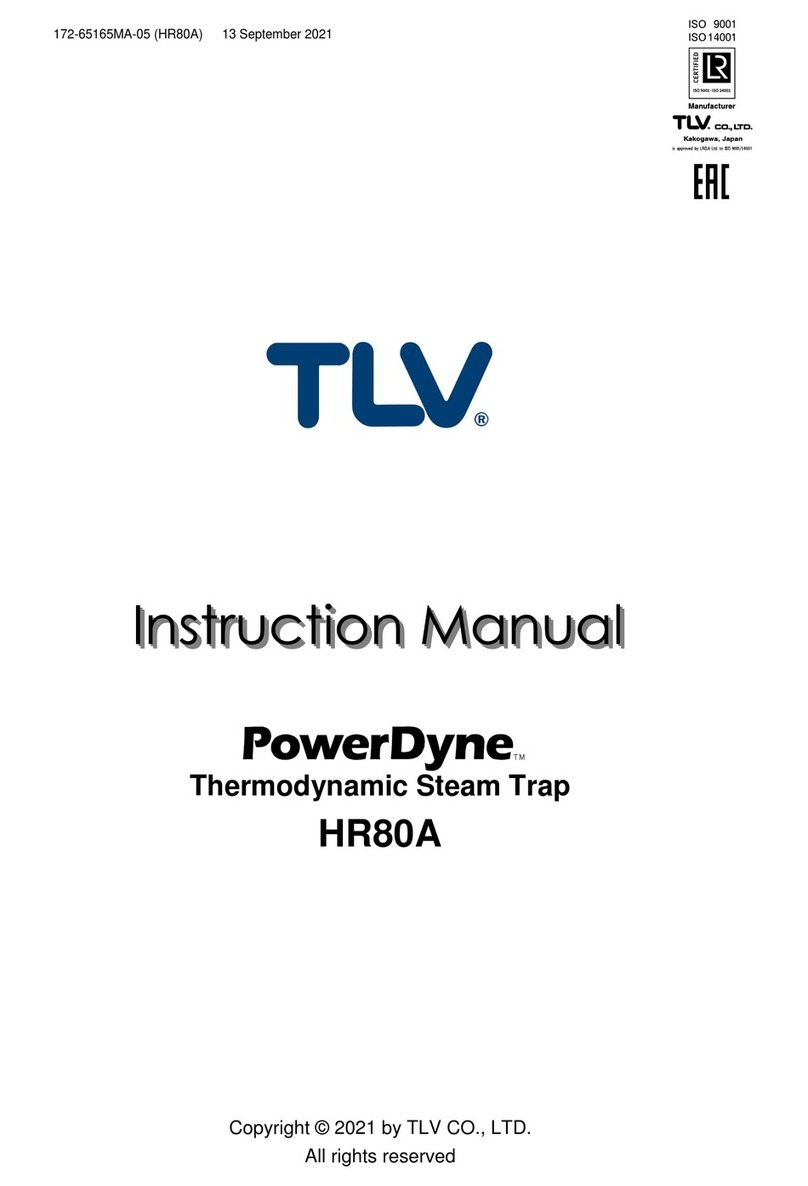
172-65451MA-04 (JH5RL-X) 3 Jul 2018
Contents
Introduction .......................................................................1
Safety Considerations.......................................................2
Checking the Piping..........................................................4
Operation ..........................................................................5
Specifications....................................................................6
Configuration.....................................................................6
Installation.........................................................................7
Maintenance......................................................................8
Disassembly/Reassembly.................................................9
InstructionsforPlug/HolderDisassemblyandReassembly.....12
Troubleshooting ..............................................................13
Product Warranty ............................................................14
Options............................................................................15
Introduction
Thank you for purchasing the free float steam trap.
This product has been thoroughly inspected before being shipped from the factory.
When the product is delivered, before doing anything else, check the specifications and
external appearance to make sure nothing is out of the ordinary. Also be sure to read
this manual carefully before use and follow the instructions to be sure of using the
product properly.
This free float steam trap employs a hinge-less and lever-less precision-ground free float
to rapidly, automatically and continuously discharge the inflowing condensate that is
continuously generated inside the equipment, thus preventing the accumulation of
condensate and thereby improving the heat transfer efficiency of the equipment. This
steam trap is also of a revolutionary design featuring an integral air vent that employs a
high-performance X-element. The X-element is very sensitive to changes in temperature,
and responds with great accuracy. As a result, air and the large quantities of condensate
created immediately after the start-up of operation are quickly discharged, thereby
greatly reducing start-up time and also proving useful in valve operation (bypass
blowdown) labor-saving. The X-element is also sensitive to hot air during operation,
responding quickly and thus preventing the occurrence of air binding. These features
make this free float steam trap ideally suited for use on process systems and equipment
(steam-using equipment), and it is especially well-suited for removing condensate from
equipment used for batch operations, which often experience entrained air during
operation.
This steam trap also employs three-point seating that supports the float securely at three
points and ensures a high degree of sealing when even only minute quantities of
condensate are present. This combined with the X-element's ability to discharge hot air
make this free float steam trap well-suited for use on trace lines.
If detailed instructions for special order specifications or options not contained in this
manual are required, please contact for full details.
This instruction manual is intended for use with the model(s) listed on the front cover. It
is necessary not only for installation but for subsequent maintenance,
disassembly/reassembly and troubleshooting. Please keep it in a safe place for future
reference.



































